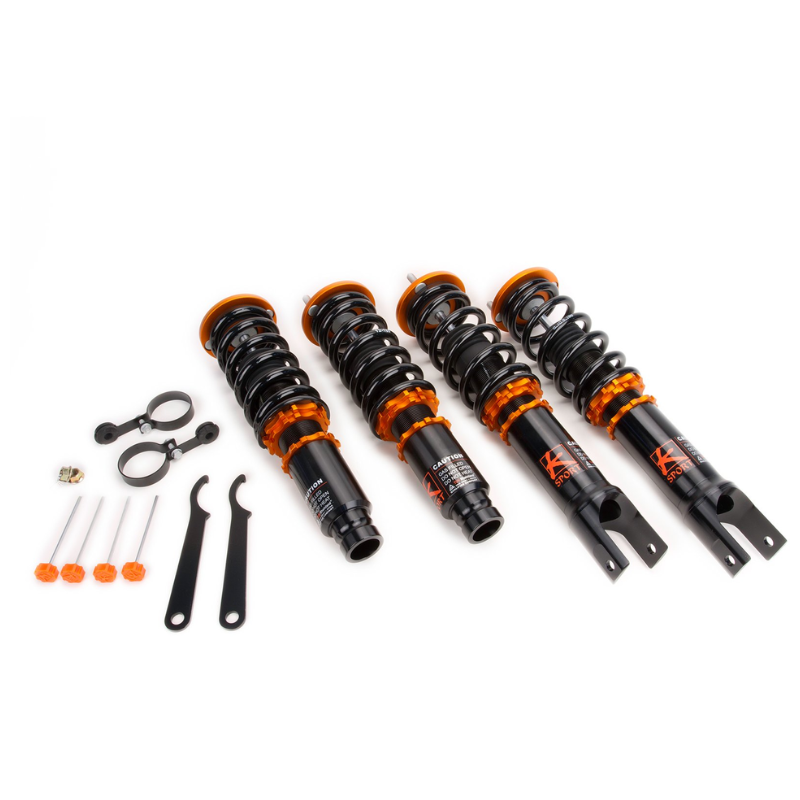

Most of the time, when we think about car performance, horsepower or the engine are the main things that cross our minds. However, if the driver cannot control or balance the vehicle, the engine is useless, and so is the horsepower. Therefore, it draws everyone’s attention to the suspension. A car's suspension is designed to increase the friction between the tyres and the road surface, give steering stability and good handling, and keep passengers comfortable. Suspensions would be unnecessary if a road were flat and free of faults.
Now, which brand has the best suspension for the off-road vehicle?
In vertical motion, an independent suspension system allows each wheel on the same axle to move independently. To put it another way, one wheel can respond to a jolt in the road while the other cannot. A sway bar can connect the motion of your suspension spring rates, even if they aren't precisely synchronised
This technique, also known as live axle or beam axle, is the most common suspension layout for off-roading. It's exactly what it sounds like: a straight axle that goes from one vehicle side to the other. The side driving tyree camber will increase as one side of the axle moves vertically. This design hasn't altered much in a long time and is still a popular off-road vehicle.
The multi-link suspension originated from. It comprises three or more lateral arms and one longitudinal arm that do not need to be of equal length and can be angled away from their natural orientation. A spherical joint or rubber bushing at each end of each arm allows the arms to "work" rather than bend under stress and compression.
The front and rear suspensions use multi-link setups, although the former replaces a lateral arm with a tie-rod that connects the rack or steering box to the wheel hub.
Another common type of front-independent suspension is the double-wishbone suspension, commonly known as an A-arm suspension or control-arm suspension. Double-wishbone suspensions give you more control over the wheel's camber angle, which determines how much the wheels lean in and out. They also aid in reducing roll and sway and providing a more consistent steering feel. Because of these properties, the double-wishbone suspension is widespread on the front wheels of larger cars.
The rigid suspension-leaf spring is well-known for its straightforward design. The rigidity of this suspension is its most notable attribute. This function is used in the back of the automobile and gives your vehicle a lot of stability.
The axle housing is made up of a rigid suspension-leaf spring. These vehicles are equipped with a high-resistance suspension. Off-road obstacles have proven to be the most difficult to overcome with this suspension style.
Since the winding wire twists during compression and extension cycles, the coil spring acts similarly to a torsion bar.
Coil springs can be used in a variety of suspension systems, including MacPherson struts, solid-axle with trailing arms, independently sprung rear axles, and any SLA suspension system that uses a spring or coil-over-shock absorber structure because of its small size.
Regardless of the type you choose, just have a little one-to-one discussion with a professional on it. Which suspension is best for your car, and which brand do you need? They can probably give you a better idea.
However, if you already know your choices, Kargenic has a collection of suspension kits from top brands like Freedom Off-road and K-Sport. Just ping us anytime, and we will be happy to help. Or simply order online.